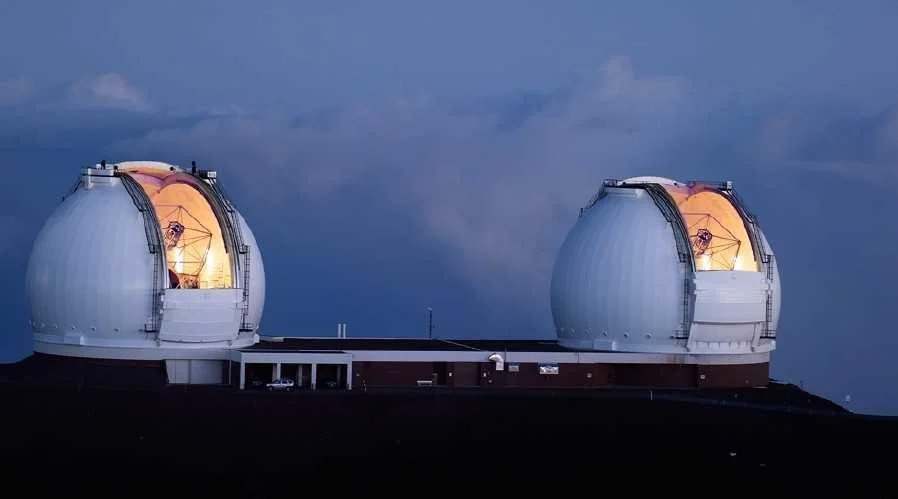What the Webb Space Telescope Sees
People ask:
“How good is NASA’s new Webb Space Telescope? “
Most of the time, the answer given by astronomers and scientists is too complicated. This comparison is close to showing you what you would see with your own eyes. … if they were as good as the Webb. The top photo depicts a very clear night sky with familiar objects like stars and a planet clearly visible against a black sky. With the naked eye, we see one other galaxy, Andromeda, faintly. We start with the assumption that beyond these nearby objects, space is a black void. But we are taught that there are other galaxies out there, very far away, much too dim to see. Astronomers, using big telescopes on mountain tops photographed millions of nearby galactic spirals and elliptical clusters but the space behind them was still black. Then the Hubble Space Telescope astonished us with long exposure photographs, taken of the blackest parts of the sky, which resolve billions more galaxies out there but between them, it is still black.
Now we have one of the Webb’s recent very-long-term exposures of just about the same point in the sky. The two distinctively blue objects are the left-hand stars in Orion’s belt. Dark smudges are gas clouds in our own galaxy. All those dots of light are galaxies. What is missing is the black void. The Webb is able to see about 200 billion galaxies so no part of space looks really empty anymore.









